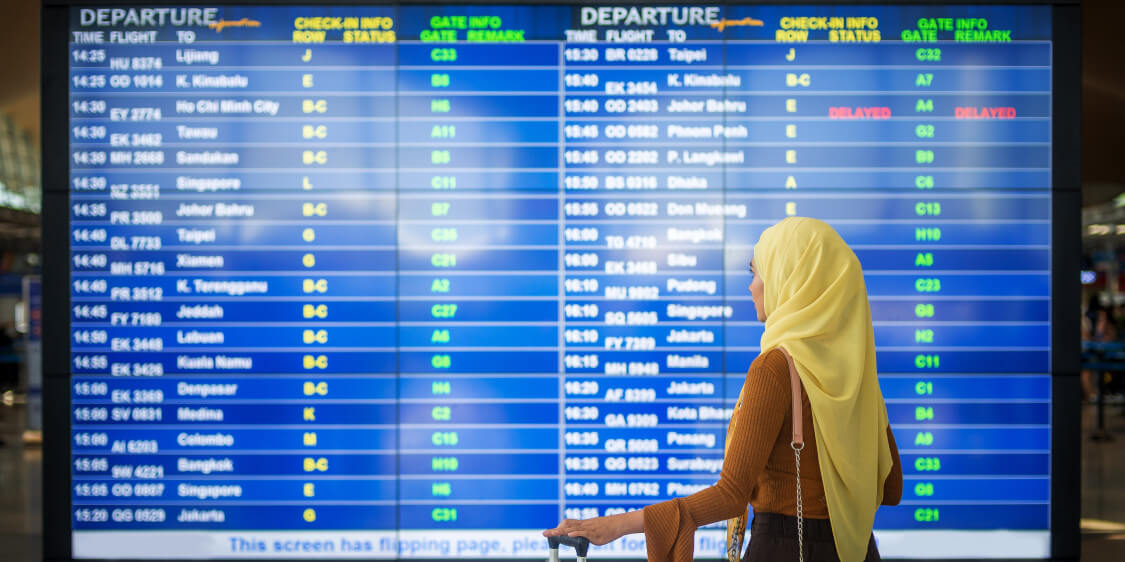SGIE Report 2023/24: Travel industry records strong comeback
Investment in the travel industry spanning Organization of Islamic Cooperation (OIC) countries grew at a promising pace over the past year. This was propelled by the expansion of tourism products, enhanced connectivity and strategic campaigns encouraging year-round travel.
According to the State of the Global Islamic Economy (SGIE) Report 2023/24, Muslim spend on travel was valued at $133 billion in 2022, following an increase of 17% over the previous year. By 2027, it is forecast to reach $174 billion, at a CAGR of 5.5%.
In terms of investments, 13 deals related to the Muslim-friendly travel industry were recorded in 2022/23, nine of which were disclosed and valued at $3.4 billion. Most of them were pertinent to digital travel-related solutions, such as booking apps.
As the appetite for travel returns strongly, vast opportunities await Muslim-friendly tourism destinations, service providers, and hospitality businesses.
According to SGIE findings, sovereign wealth funds are ramping up tourism spending, with billions of dollars in the pipeline for new projects. As travellers gear up for their next adventures, hotel-development activity continues to boom in the MENA region, including in upcoming destinations.
On the other hand, there has been an upsurge of interest in blended spirituality, fitness, and wellness experiences among Muslim travellers. To meet the growing demand for personalized experiences, travel companies have been expanding their horizons and experimenting with artificial intelligence (AI) in travel booking.
Operationally, travel companies have started offering Shariah-compliant financing for hajj and umrah. Meanwhile, tourism ministries developed digital marketplaces to support the industry, and a telehealth service was introduced for Pakistani pilgrims. Simultaneously, destinations ran campaigns to encourage year-round travel, while tourism stakeholders collaborated on marketing efforts. Mainstream airlines are beginning to accommodate modest wear needs of female cabin crew as well.
From a development standpoint, medical tourism initiatives are flourishing in Asia and the Middle East. Many OIC countries, especially in the GCC and Southeast Asia, are diving into sports tourism, while others have expanded their offerings with adventure products. At the same time, bilateral cooperation in transportation among OIC countries, along with relaxed visa rules, is expected to enhance travel connectivity.
Ecosystem-wise, several new initiatives have been identified to develop the overall space. The Standards and Metrology Institute for Islamic Countries (SMIIC) released a standard for adventure tourism and is developing one for spas, while Malaysia Digital Economy Corporation (MDEC) is accrediting accommodations for digital nomads in collaboration with a travel tech firm. GCC countries of Saudi Arabia and Oman have introduced new tourism laws to further regulate the industry.
Lastly, the SGIE Report detailed several notable signals of opportunity set to shape the sector. These include health and wellness tourism experiencing notable growth; advancement of halal tourism standards beyond basic services; rise of bleisure and spiritual retreats; and Saudi Arabia’s rise as a premier tourism hotspot.
The State of the Global Islamic Economy Report 2023/24 produced by DinarStandard can be downloaded here
